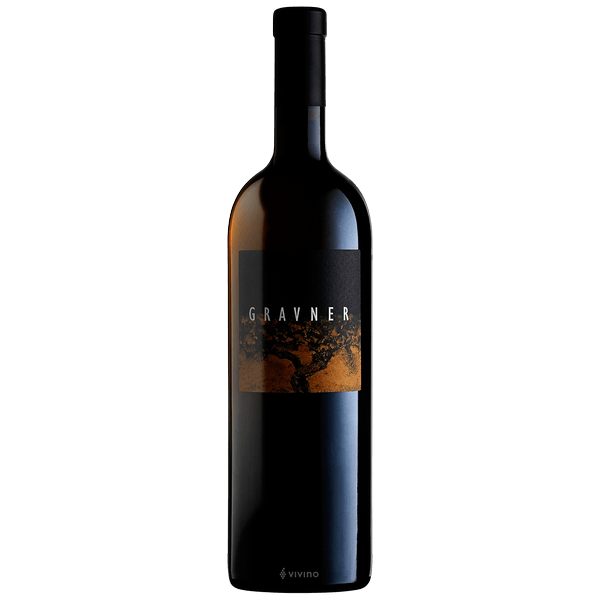Gravner
Ribolla Gialla 2014
Ribolla Gialla 2014
Couldn't load pickup availability
750ml
Overview
Gravner is a pioneering winery in Friuli-Venezia Giulia, renowned for its commitment to natural winemaking and for reviving ancient techniques. The 2014 Ribolla Gialla is a remarkable expression of this indigenous grape variety. Harvested from the winery’s biodynamic vineyards, this wine is crafted using traditional methods, including fermentation and aging in Georgian amphorae. The result is a wine that showcases the uniqueness of Ribolla Gialla, with a balance of depth, freshness, and complexity.
Vinification and Aging
- Fermentation: Spontaneous fermentation with indigenous yeasts in Georgian amphorae
- Maceration: Extended skin contact for up to 7 days
- Aging: Aged for about 6 months in amphorae, followed by further bottle aging to allow the wine to mature naturally
Tasting Notes
Appearance: Deep golden-yellow with a slight amber hue.
Aroma: The nose is aromatic and complex, with notes of citrus zest, honey, white flowers, and hints of dried herbs and almonds. There’s a subtle oxidative character that adds to the wine's depth.
Palate: The palate is full-bodied and textured, with vibrant acidity supporting flavors of ripe citrus, apple, and a hint of nuttiness. The extended skin contact adds a slight tannic grip, contributing to the wine's structure.
Finish: Long and mineral-driven, with a slight saltiness and lingering floral and herbal notes.
Food Pairing
This wine pairs wonderfully with a variety of dishes such as grilled seafood, roasted vegetables, risotto with mushrooms, and soft, creamy cheeses like Brie or Ricotta.
Serving Recommendations
- Serving Temperature: 12-14°C (54-57°F)
- Decanting: No decanting is necessary, though giving it time to breathe in the glass enhances its complexity
- Glassware: A large wine glass will help release the full aromatic profile of the wine
Aging Potential
Gravner Ribolla Gialla 2014 has excellent aging potential. While it is already quite expressive, it will continue to evolve and develop further complexity with additional bottle age over the next 5-10 years.
Share


